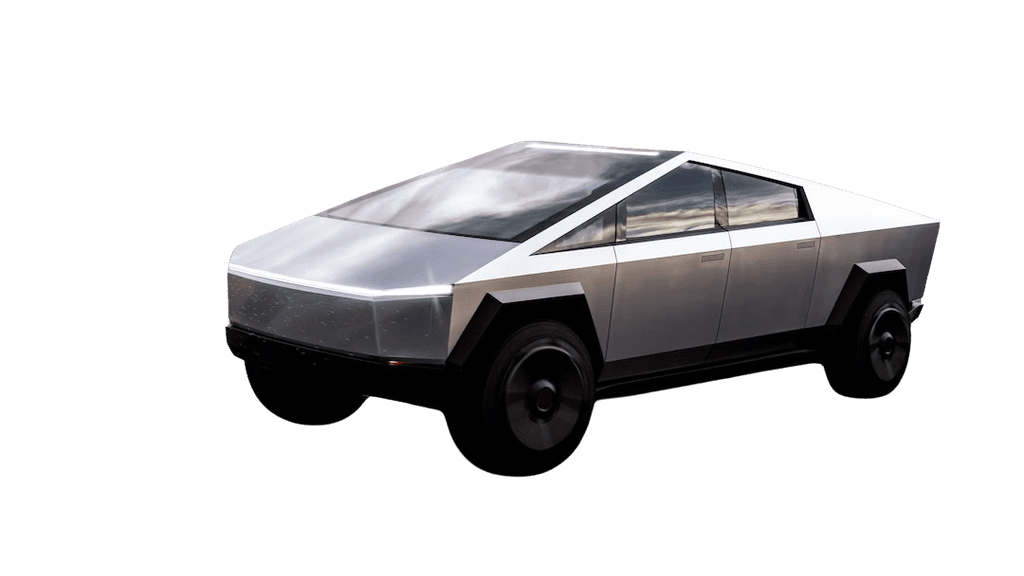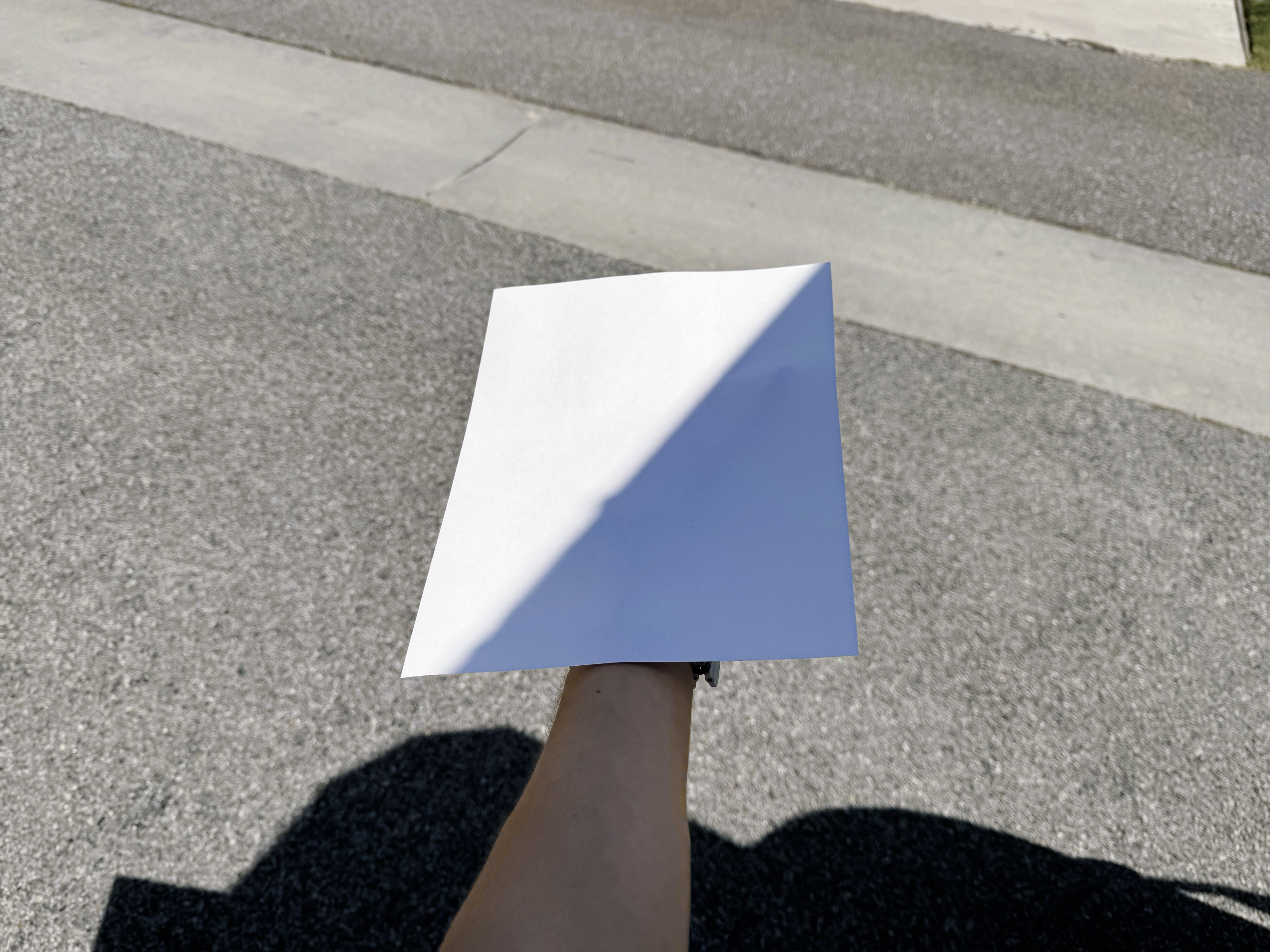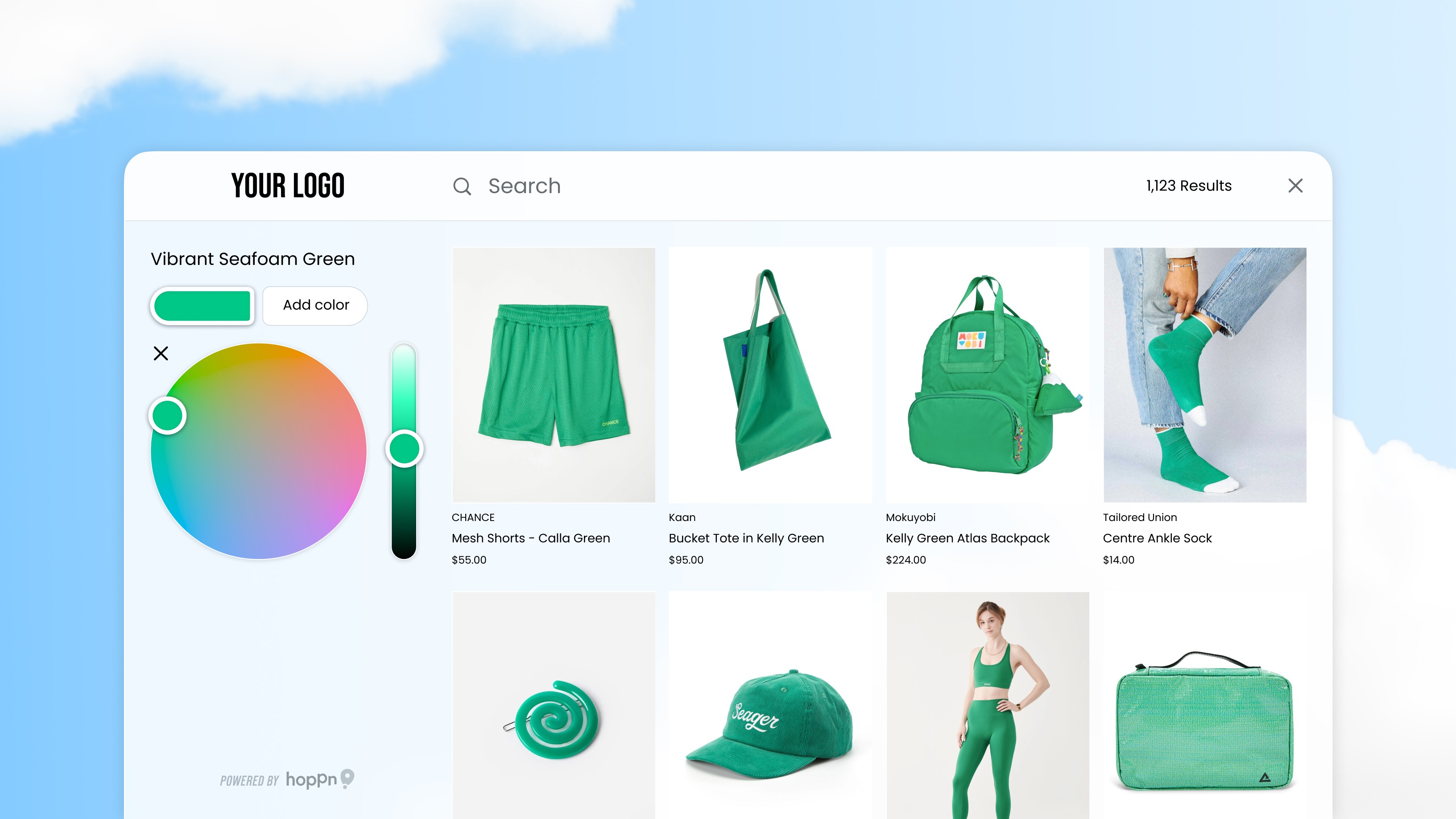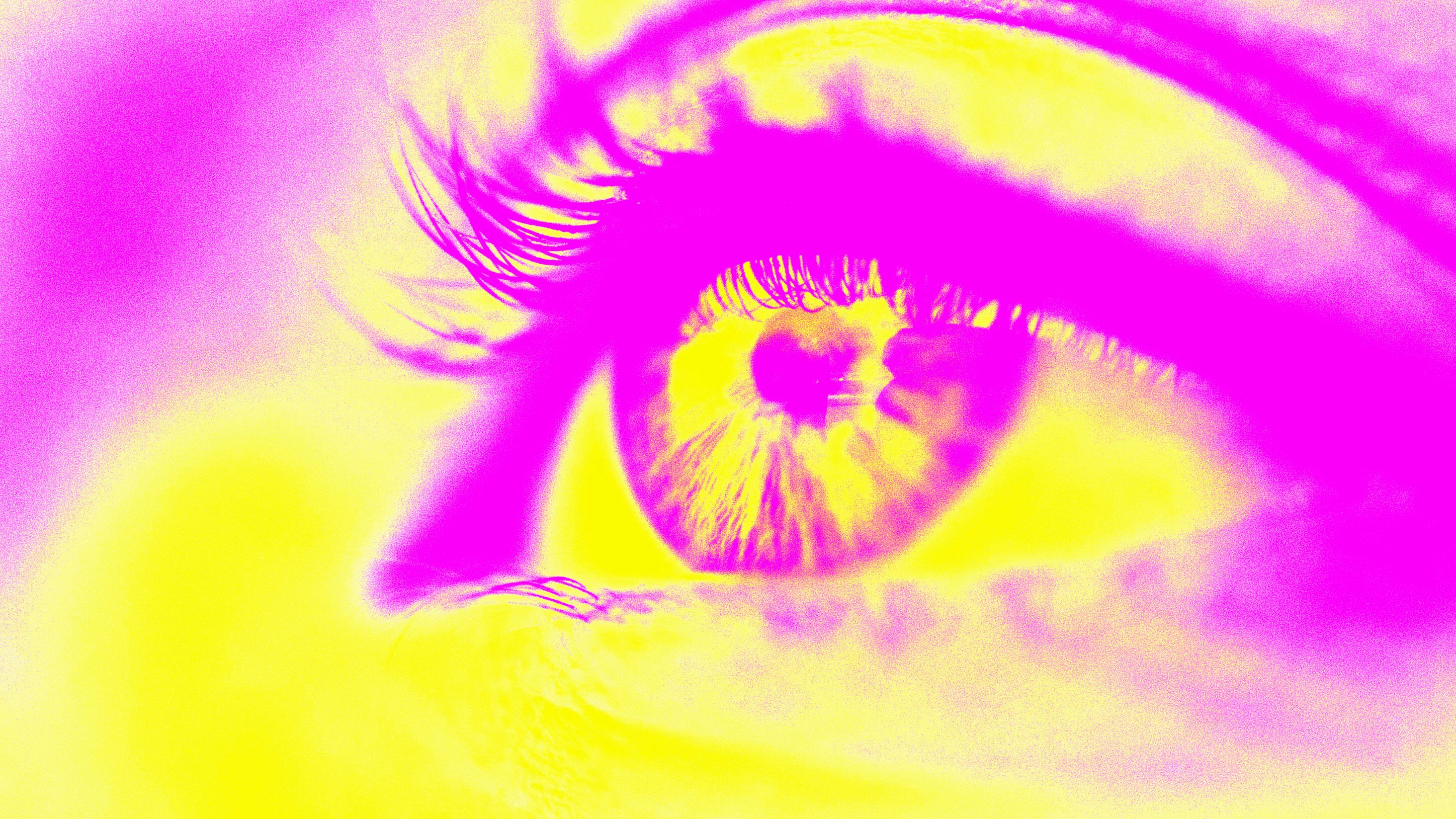May 9, 2025
2 minute read
In 2004, LEGO rocked the world of builders
Originally, LEGO offered two shades of gray: light gray and dark gray. However, under certain lighting conditions, these colors were often perceived as slightly greenish or yellowish. This affected the aesthetic appeal of models, especially in certain themes, such as Star Wars, where gray was prevalent.
To address this, LEGO introduced new colors: "light bluish gray" (replacing light gray) and "dark bluish gray" (replacing dark gray). These new shades were designed to look more neutral and consistent, regardless of lighting conditions. The change was implemented across all LEGO sets produced after 2004, which meant that any new sets would use the new shades while previous sets retained the original colors.
This change was significant for LEGO enthusiasts, as the old and new grays are noticeably different and may not aesthetically blend well in a single model.
So why the change?
This change is one of many that have led to LEGO’s legendary reputation for quality and consistency. When the first batch of Tesla Cybertrucks rolled off the factory floor, Tesla CEO Elon Musk was unsatisfied with the precision of the assembly. Rather than aiming for aerospace-level precision, he instead called for his team to achieve "LEGO-like precision".
LEGO bricks built in 2025 still fit perfectly with the bricks they manufactured over 60 years ago. LEGO’s decision to discontinue its classic gray color in favor of a new formula was a strategic move to maintain a more consistent color over time.
Metamerism is a phenomenon where two colors appear to match under one lighting condition but look different under another. This occurs because the colors have different spectral power distributions, meaning that their reflection or emission of light varies across the spectrum, even if they visually match under a specific light source.
The colors that early LEGO fans came to know as Light Gray and Dark Gray were never perceptually gray to begin with. Typically, humans view objects in natural lighting, not studio conditions. For instance, midday sunlight has a color temperature of about 5600K (white) and a blue sky of around 7200K (blue). A white sheet of paper appears natural under direct sunlight, but in the shade, it's mainly lit by the ambient blue sky, making it look bluish-gray. This effect leads us to perceive shaded objects as having a bluish tint, influencing our natural expectation of how gray should appear.
Applying a subtle blue tint to grays is now a sophisticated technique graphic and web designers use to enhance designs. For example, many familiar gray backgrounds and fonts have slightly blue RGB values to counteract this visual illusion.
Bluish Gray
Gray
What does the LEGO community's reaction reveal about color?
The LEGO community's mixed reaction to the 2004 change in gray brick colors underscores color's significant role in our purchasing decisions. When LEGO introduced the new "bluish" grays, it wasn't just a minor tweak but a fundamental change that prompted strong responses.
Some of the most extreme reactions came from longtime enthusiasts who sold their collections, driven by frustration over the new colors' inconsistency with older sets. Others were quick to appreciate the improved neutrality of the new grays, recognizing these changes as enhancements to realism and visual appeal.
The strong backlash from a segment of the community illuminates a broader lesson about the impact of color on user attachment and brand loyalty. Color is not merely a superficial aspect of design but a critical element that affects emotional connections and user satisfaction.
How understanding color improves your online business
Whether you’re selling paint swatches, fashion, art, or home decor, color is critical to your business. If a gray sweater looks too greenish yellow, it may make all the difference in whether they come home with that sweater. The story of LEGO teaches us that each shopper has their own specific preference for subtle variations of the same color. In ecommerce, a recent innovation has made it possible for shoppers to find their favorite nuanced colors.
Hoppn Labs has patented a whole new way to search products by color using a color wheel, calling it the Infinite Color Search. If you’re looking to amaze your shoppers, try Hoppn’s Infinite Color Search Shopify plugin today. The installation is no-code and gets up and running within minutes!
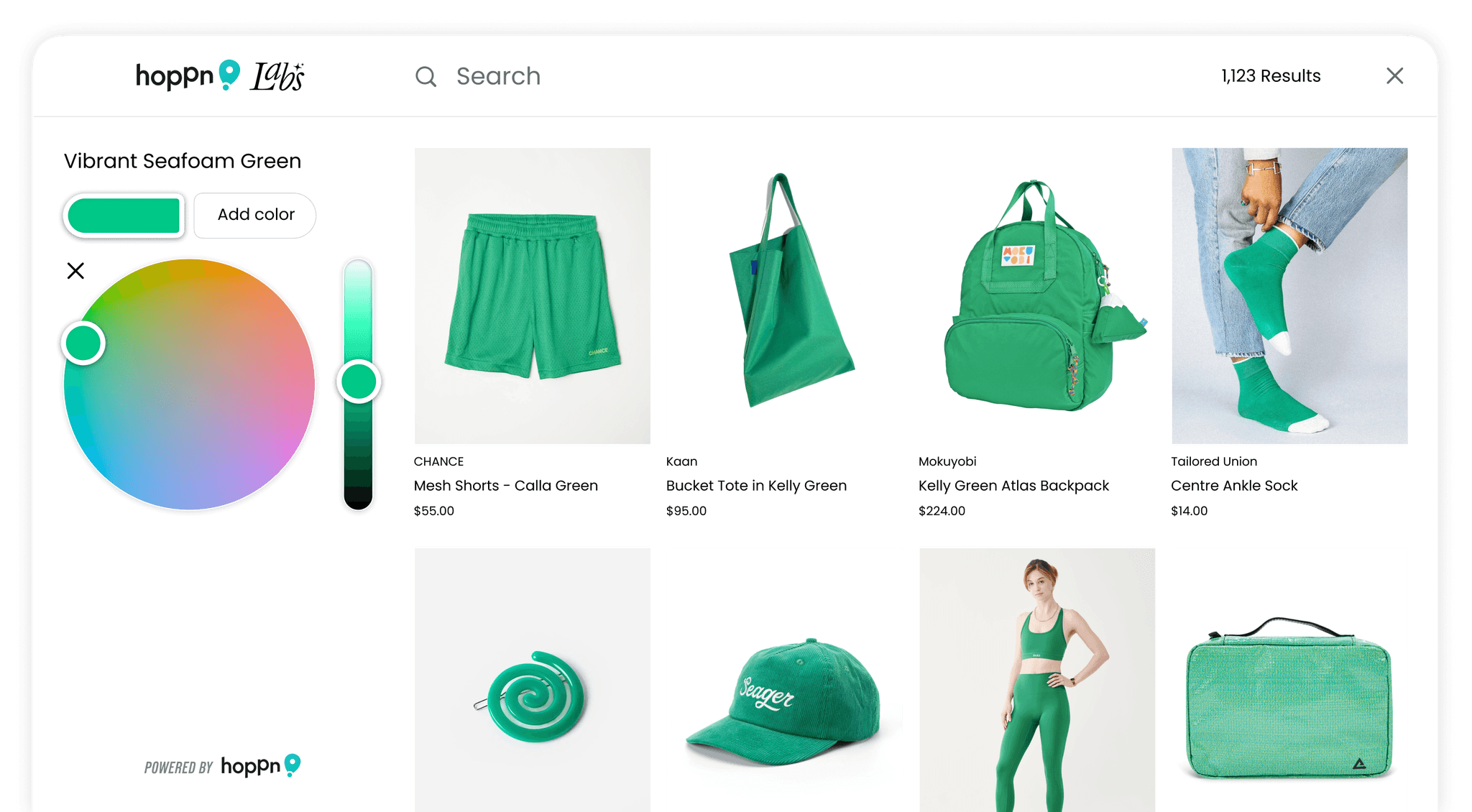
Similar articles




